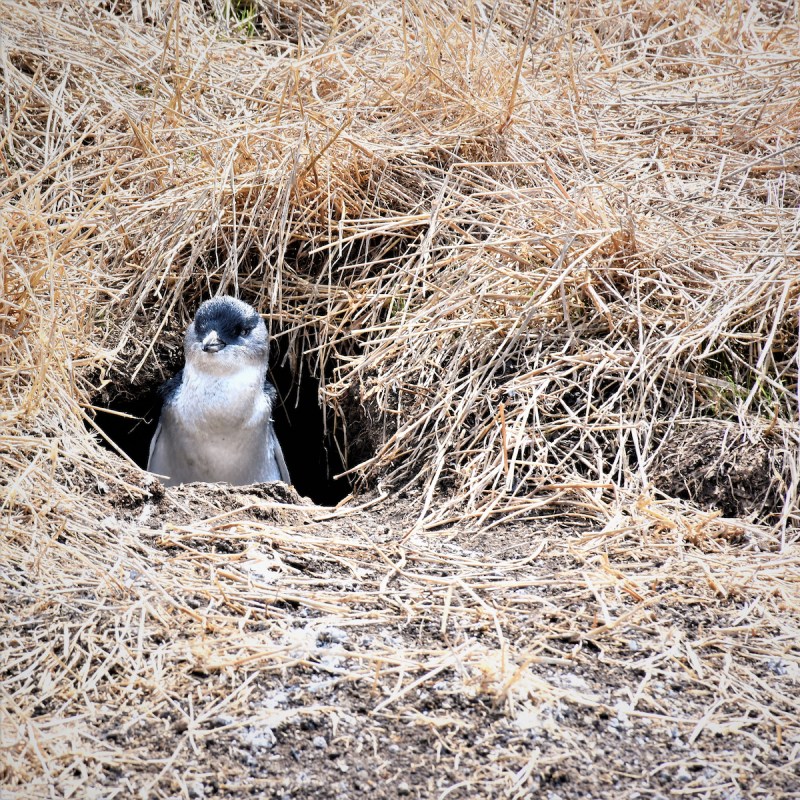
Having always been an animal lover, I really enjoy animal encounters when I am traveling. But I have to admit that in the past, this has innocently led me to some places that turned out to not be ethical at all. For example, I went to the now infamous tiger monastery in Thailand, just outside Bangkok. I absolutely loved playing with the tiger cubs and they seemed truly happy and well-looked after. But years after I visited, it turned out that this monastery was not a sanctuary but more of a farm for tigers, which still makes me shiver today.
Videos by TravelAwaits
As a result, I now approach any animal encounter much more carefully, do my research, and look out for signs. I stay away from riding elephants; shy away from horse-drawn carriages, unless the animals are so well-fed and shiny; and double-check every sanctuary or park to make sure I do not encourage the sort of behavior that mistreats animals for entertainment’s sake.
While there are plenty of truly horrid stories out there, there are just as many, if not more, heart-warning places in the world where animals are lovingly looked after, rehabilitated, or carefully bred in captivity to strengthen their numbers in the wild. Here are some animal sanctuaries, reserves, and activities where you can be assured that both you and the animals are enjoying the experience.

1. Friedrichskoog Seal Sanctuary
Germany
This is still one of my favorite animal encounters in Europe, roughly an hour’s drive north of my hometown of Hamburg, on the North Sea coast. The Friedrichskoog Seal Sanctuary truly is a sanctuary for hurt seals and abandoned seal pups. Here, the staff looks after the seals with the mission of putting them back into the sea once they have healed and/or are grown up. Even the trained experts do not touch the seals, unless for treatment. And even then, they use gloves to not allow the seals to get used to humans. While it might be tempting to cuddle those little orphaned seal pups, they refrain from it to give them the best chance of a life back in the wild.
Visitors, however, can still get close — but no touching — and have a look into those saucer-shaped eyes of the little ones, knowing that they are being cared for without interfering with nature. There are a few seals — such as a blind one who will never go out into the wild again — that are getting the odd cuddle-and-play with the keepers while enchanted visitors can watch.

2. Healesville Sanctuary
Australia
When I moved to Melbourne, Australia, I kept saying that I had not arrived until I had seen a koala in the wild. I achieved that in Otway, along the Great Ocean Road, where wild koalas perch on nearly every tree. But it was also there that I heard of the Healesville Sanctuary near Melbourne, where they look after hurt and endangered indigenous Australian animals, including koalas, with a special program on Tasmanian devils, which are threatened in the wild by a highly contagious cancer. In Healesville, which also acts like an ethical zoo, the devils’ disease is being researched and non-affected animals are bred to be released back into the wild on their home island of Tasmania, just south of the state of Victoria.
Wandering around the sanctuary, you can also visit the hospital, where, when I was last there, there were some orphaned and cute-as-a-button dingo pups being looked after. You never quite know what you will encounter at Healesville, because, not unlike Tiggywinkles in the UK (see below), they deal with whatever casualty is being brought in from the region or further away in Australia to offer their special care.

3. Penguin Parade
Phillip Island, Australia
After the koala and Tasmanian devil encounters, you can maybe imagine how excited I got when I realized that there were penguins living in the state of Victoria. There is even a small colony right in Melbourne, but I was after something bigger: the Penguin Parade. Yes, sounds unethical and touristy, but it is really not.
On the lovely Phillip Island in southern Victoria, there lives a large colony of fairy penguins. A special center has been built to look after sick or hurt penguins and research them. But the center also allows people to watch the nightly spectacle of thousands of the little birds arriving back home on the beach after a day’s fishing and swimming in the southern sea. But all visitors have to adhere to strict rules — enforced by rangers throughout the evening — of being quiet, not using flash photography, and generally behaving as if the penguins are not there. Even enthusiastic young children are told off, despite everybody understanding their enthusiasm. But here, the penguins rule.
4. Tiggywinkles
Buckinghamshire, UK
Tiggywinkles, an animal hospital and sanctuary, lies less than 20 miles east of Oxford. It is a place where all local wildlife is cared for, whether they were involved in a car accident, orphaned, or fell foul of some mishap that left them injured or unable to care for themselves. From squirrels to badgers, foxes to hedgehogs, all kinds of birds to deer and rabbits, they all are welcome here. And because of donations, all animals are treated for free. You can also just visit to have a look at some of the patients in the visitor center. Here, you can go on behind-the-scenes tours, learn about local wildlife care, and even feed the resident hedgehogs.

5. Ranthambore National Park
Rajasthan, India
Tigers have been open to abuse all across Asia, such as in the monastery I mentioned above. But there is one place where they are cherished and have a true sanctuary: Ranthambore National Park Reserve in Rajasthan, some 110 miles south of the pink city of Jaipur. Yes, this is a tourist attraction, and yes, there are safaris leaving every morning. But here, the tigers are king of the jungle and tourists come in second place, if that.
I went on this safari tour some years back, getting up at an hour that to me was simply inhumane, but there were tigers to be seen. And alas, as it is with places that are ethical and the animals are more important than the humans, I did not get to see one. I must have just missed one, as there were fresh, enormous paw prints in the sand, but not a striped tail to be seen. I have, however, heard from other people that they got lucky, so it is definitely worth getting up early for.

6. Bandia Reserve
Senegal
While I went to Senegal predominantly for a beach vacation, and had previously been on a safari in the Masai Mara in Kenya, I could not resist the recommendation of a local to visit the Bandia Reserve, located between the capital Dakar and the beachside town of Saly.
To be honest, I was worried because of the neglect obvious in other places around Senegal, such as the incredible amount of plastic waste strewn along the streets everywhere. But the reserve proved to be run well, with both the wonderful gigantic baobab trees being proudly looked after and the various animals (such as giraffe, zebra, various antelope, and other animals) living in a green, clean, and natural environment. There was only the odd tourist Jeep coming through, with the animals not flicking a tail at them. The reserve prides itself in having reintroduced native plants and animals back into the wild after careful breeding and cultivation programs, and rightly so.
Related Reading:

